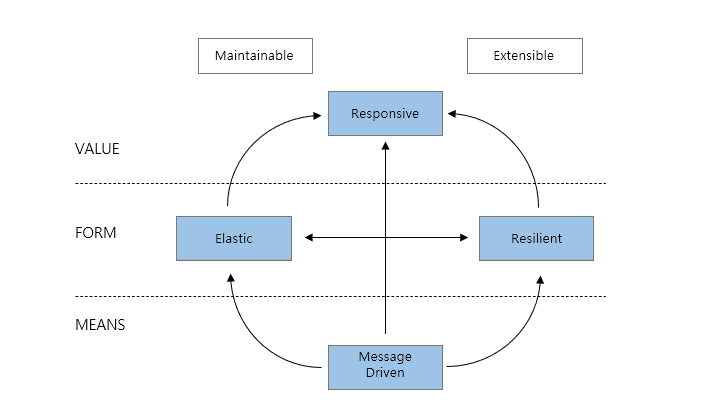What is Reactive Systems?
What does “reactive” mean in reactive systems?
The dictionary meaning of ‘reactive’ is ‘to react’, meaning that when an event or situation occurs, the system reacts and acts accordingly.
To understand what it means to be reactive, let’s look at a simple example that we often encounter in our daily lives.
One of the common characteristics of sociable people is that they are good at listening to other people and responding to their conversations, so if someone is good at responding to other people’s conversations, we say they are reactive.
In this way, a reactive system is a system that is good at responding.
So what does it mean to be responsive in a reactive system? In a reactive system, being responsive means that it doesn’t hesitate to respond to a client’s request, it responds immediately.
In other words, it minimizes latency by responding to a client’s request immediately.
Understanding Reactive Systems with The Reactive Manifesto
The Reactive Manifesto is a set of design principles for building reactive systems, a set of characteristics of reactive systems, created by people trying to define what the term reactive means.
The Reactive Manifesto gives us a clear idea of what reactive systems should be.

Figure 1 clearly illustrates the design principles of reactive systems as envisioned in The Reactive Manifesto.
MEANS
“MEANS” is a representation of what you want to use as the primary means of communication in your reactive system. Asynchronous message-based communication, shown in Figure 1, allows for loose coupling, isolation, and location transparency between components.
FORM
“FORM” is how a system is shaped by message-based communication. The figure shows that a reactive system should be elastic and resilient, based on asynchronous message communication.
“Elastic” is the ability of a system to maintain a constant response to changes in workload, meaning that the responsiveness required by the system remains constant regardless of whether there is more or less input coming into the system.
You can think of elasticity as responding to changes in workload by adding or reducing system resources to process input on the fly.
“Resilient” means that a system remains responsive in the face of failure. Resilience is an important design principle for reactive systems because without it, you could face serious problems with the system’s inability to respond in the event of a failure.
VALUE
“VALUE” means that based on the concepts of “Message Driven”, “Elastic”, and “Resilient” mentioned earlier, it is possible to build a system that can respond instantly.